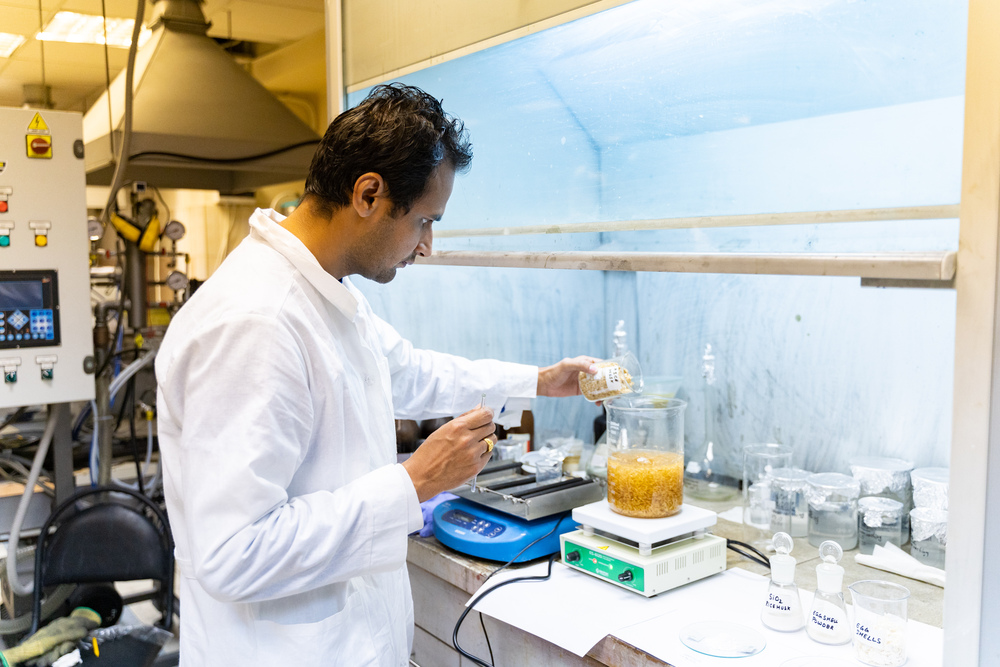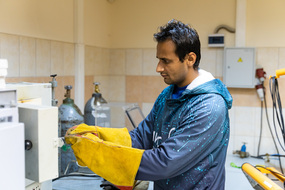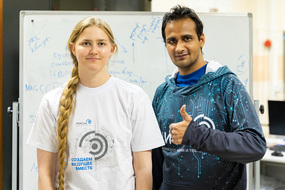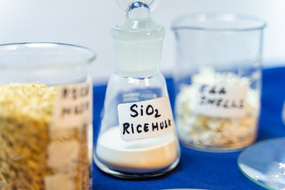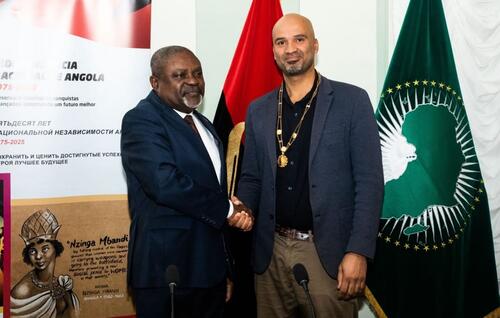Bioceramics for implant production and bone defects regeneration has been developed by an international group of materials scientists at the NUST MISIS Center for Composite Materials. Biomaterials obtained from agricultural waste — rice husks — have shown excellent biomineralization and compatibility with mammalian blood cells. The results of the work have been published in the international scientific journal Materials Science and Engineering C: Materials for Biological Applications.
The easy availability, cheapness and natural origin of agricultural waste motivate scientists to turn it into a valuable product. Rice husks, for example, are rich in silica. The high calcium content in eggshells makes them a competitive raw material for the production of biomaterials. This strategy of converting waste into a value-added product for biomedical applications is cost-effective and environmentally friendly.
A team of young materials scientists from the NUST MISIS Center for Composite Materials used raw eggshells and rice husks — agricultural waste — to make three different types of silicate bioceramics — diopside, wollastonite and forsterite. Different materials contain different chemical elements. The research has shown that the chemical components of the raw materials and dissolution in the physiological environment play a key role in the formation of the material’s biological activity. The success of operations in implantology depends on the bioactivity of the material.
“Our research is aimed at solving the urgent worldwide problem of processing biowaste into materials and products. It includes the medical purposes,” explained Inna Bulygina, co-author of the development, student of the iPhD Biomaterial Science program at NUST MISIS.
The researchers have also emphasized that it is very difficult to replace the basic chemical elements necessary to accelerate bone regeneration in synthetic biomaterials. In their work, scientists used biogenic agricultural waste, which had naturally “inherited” ions of sodium, magnesium, potassium, silicon and others. Such a nature-like approach can help to increase the rate of osteogenesis — the formation of bone tissue to replace the loss during injuries and diseases.
“Diopside (CaMgSi2O6) has shown the best results — the highest hemocompatibility at all concentrations (62.5, 125, 250 μg / ml) even after 24 hours of incubation. Incubation of multipotent mesenchymal stromal cells (MMSC) of mice with diopside does not generally lead to an increase in the level of apoptosis in the cell culture compared to the control group, said one of the authors, a postdoc at NUST MISIS, Rajan Choudhary.
“We came up with a simple method to extract pure silica from rice husks. During the tests, we have shown that the material obtained in this way does not impair the viability of the contacting cells,” added the head of the iPhD Biomaterials Science program at NUST MISIS, Ph.D. Fedor Senatov.
Currently, the developers have gone further and are exploring the possibility of reproducing the architecture of native tissues by making scaffolds using additive manufacturing.
